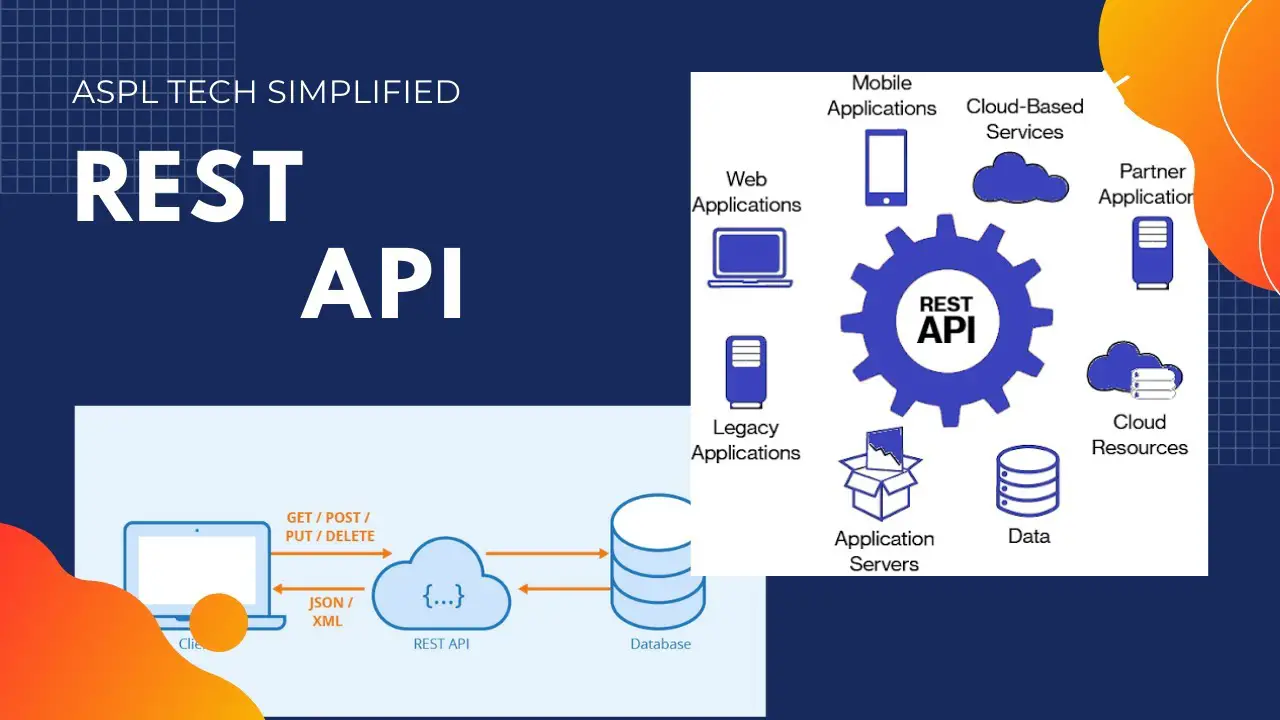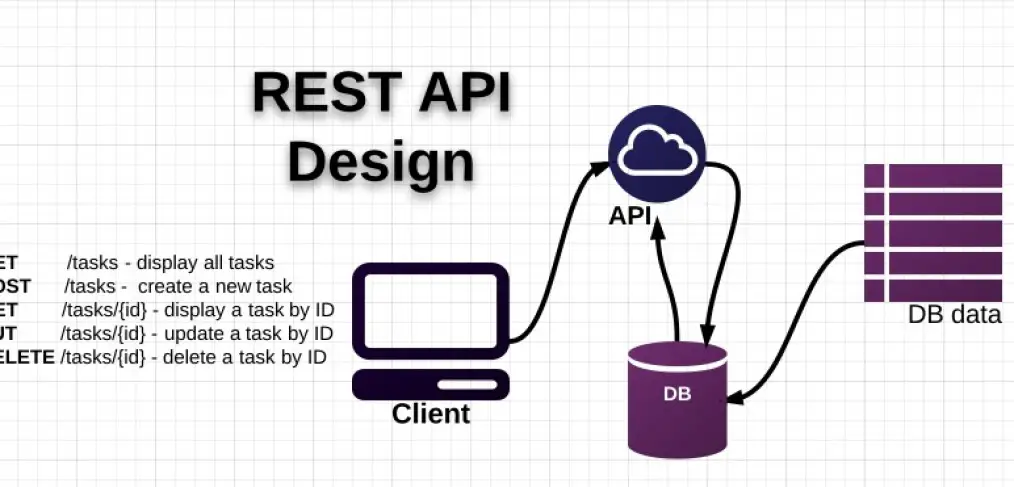Building Restful APIs: Principles and Practices

Executive Summary

This comprehensive guide delves into the essential principles and practices of building robust and scalable Representational State Transfer (REST) APIs. It encompasses the key concepts, architectural considerations, and best practices to empower developers in creating APIs that meet modern application needs and industry standards.

Introduction
In today’s interconnected digital landscape, APIs play a pivotal role in enabling seamless communication and data exchange between applications and services. RESTful APIs, adhering to the REST architectural style, have emerged as the preferred approach due to their flexibility, scalability, and ease of use. This article provides a comprehensive exploration of the principles and practices that underpin the development of effective RESTful APIs, guiding developers in crafting APIs that are not only efficient but also user-friendly, maintainable, and secure.
Top 5 Subtopics in Building RESTful APIs
1. Architectural Design Principles:
- Resource-based Architecture: Model data as resources with unique URIs, enabling clients to manipulate and interact with data.
- Uniform Interface: Define a consistent set of operations (e.g., GET, POST, PUT, DELETE) and data formats (e.g., JSON, XML) to simplify client interactions.
- Statelessness: Prevent session tracking by designing APIs that do not maintain client-side state information, ensuring scalability and reliability.
2. Resource Management:
- Resource Identification: Use URIs to uniquely identify resources and provide a means to retrieve, update, or delete them.
- Hypermedia: Embed hyperlinks within API responses to guide clients through the API’s structure and available resources.
- Pagination and Caching: Implement pagination to control the number of results returned and leverage caching mechanisms to enhance performance and scalability.
3. Error Handling:
- HTTP Status Codes: Utilize HTTP status codes to clearly communicate API errors and provide clients with additional information about the issue.
- Error Content: Return human-readable error messages in the API response body, providing developers with context and debugging assistance.
- Problem Details: Adhere to the Problem Details for HTTP APIs specification, which includes a structured error object with detailed information about the error.
4. Security Considerations:
- Authentication and Authorization: Implement mechanisms to ensure that only authorized clients can access and modify data.
- Data Encryption: Encrypt sensitive data in transit (e.g., using HTTPS) and at rest (e.g., using encryption algorithms) to protect against unauthorized access.
- Rate Limiting: Control the frequency of API requests to prevent abuse or denial-of-service attacks.
5. Documentation and Versioning:
- Comprehensive Documentation: Create clear and comprehensive documentation that describes the API’s functionality, endpoints, request and response formats, and error handling.
- Versioning: Implement versioning to support multiple API versions and allow for gradual changes without breaking existing clients.
- Deprecation: Clearly communicate the deprecation of old versions and provide a timeline for their removal to assist developers in migrating to newer versions.
Conclusion
Building effective RESTful APIs requires a thorough understanding of the architectural principles and best practices described in this article. By adhering to these guidelines, developers can create scalable, reliable, and user-friendly APIs that seamlessly integrate with other applications and services. Moreover, continuous improvement and feedback from the developer community are crucial to ensure that APIs remain up-to-date and meet the evolving needs of modern applications.
Keyword Phrase Tags:
- REST API Development
- Architectural Design Principles
- Resource Management
- Error Handling
- API Security

This article provides a concise overview of the fundamental principles and best practices for building RESTful APIs. It effectively explains concepts such as resource-based design, HTTP methods, and error handling, making it a valuable resource for both beginners and experienced API developers.
While the article covers the basics of RESTful API design, it lacks in-depth technical details and examples. It would benefit from more specific code snippets and practical implementation scenarios to enhance its usefulness for developers.
Numerous syntaxic errors detract from the readability of this article. Correcting these errors would improve the overall quality and clarity of the content.
The article presents a biased view by overemphasizing the benefits of RESTful APIs. It fails to acknowledge alternative approaches, such as GraphQL, that may be better suited for certain use cases.
It’s amusing to see such a poorly written article attempting to instruct others on API development. The irony is almost too much to bear.
Well, this article certainly ‘builds’ our understanding of RESTful APIs… by using questionable grammar and lacking any substantial content. Bravo!
This article is like a comedy routine for developers. The punchline? It’s full of typos and grammatical errors.
The article effectively covers the fundamental principles of RESTful APIs, making it a useful resource for beginners in the field.
While informative, the article could benefit from more comprehensive references and citations to support the discussed concepts.
The article presents a superficial overview of RESTful API design, lacking in-depth analysis and practical examples for developers.
The article contains numerous grammatical and spelling errors that hinder its readability and credibility.
This article is a ‘REST’ful experience… in the sense that it makes me want to take a nap.